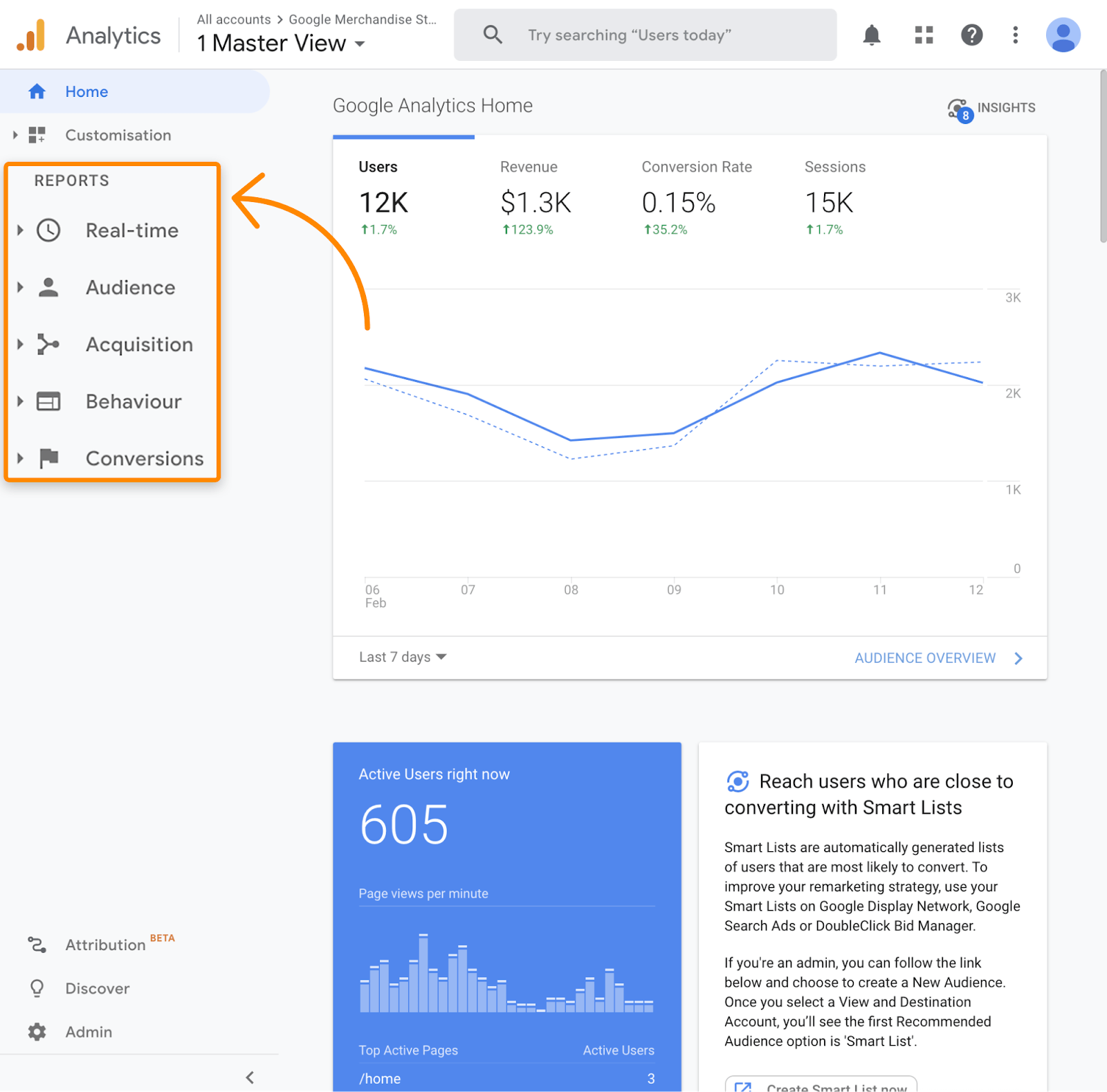Understanding Secondary Dimensions in Google Analytics: What is a Secondary Dimension and How It Enhances Data Evaluation
Understanding Secondary Dimensions in Google Analytics: What is a Secondary Dimension and How It Enhances Data Evaluation
Blog Article
Unveiling the Influence of Additional Measurement in Google Analytics on Data Analysis and Insights
In the realm of data analytics, the application of secondary dimensions within Google Analytics has emerged as a pivotal device for removing deeper understandings and unraveling complicated patterns that could or else remain covered. By peeling back the layers of primary information sets, secondary dimensions supply a nuanced point of view that enhances the understanding of customer behavior, website efficiency, and the effectiveness of advertising and marketing techniques.
Exploring the Concept of Second Dimensions
Secondary measurements in Google Analytics offer added insights by enabling customers to examine key data in combination with an additional feature. By integrating second measurements, users can dig much deeper into the information and uncover beneficial relationships that may or else go unnoticed - what is a secondary dimension in google analytics.
By exploring the numerous second measurements offered in Google Analytics, users can unlock brand-new understandings and optimize their electronic marketing efforts. In essence, secondary measurements offer as an effective device for improving information evaluation and driving workable results.
Enhancing Information Analysis With Second Measurements
Having actually established the fundamental understanding of secondary dimensions in Google Analytics and their critical role in data analysis, the focus now changes in the direction of leveraging these second qualities to enhance the analysis of analytics information (what is a secondary dimension in google analytics). By incorporating additional measurements into information analysis, analysts can obtain much deeper understandings into user actions, web site performance, and marketing efficiency

Additionally, second dimensions assist in contextualizing primary data metrics by giving extra layers of info. This contextualization aids in comprehending the 'why' behind the data patterns, assisting analysts make educated decisions and optimizations to enhance total efficiency. Eventually, integrating secondary dimensions improves the information interpretation procedure, leading to even more significant insights and tactical activities.
Revealing Hidden Insights With Second Dimensions
Discovering the depths of analytics information with secondary measurements exposes beneficial insights that would certainly or else remain covered. By integrating secondary measurements in Google Analytics, services can uncover hidden patterns, trends, and connections that supply a more thorough understanding of user habits and internet site performance. These additional layers of information enable experts to delve much deeper into the main measurements, such as traffic sources or touchdown web pages, and obtain a much more nuanced point of view on just how different variables communicate with see this site each various other.
Via the use of additional measurements, experts can sector and compare data across numerous dimensions, allowing them to identify details factors that influence customer engagement, conversion rates, and total success metrics. For example, by coupling the primary dimension of 'tool group' with the second measurement of 'age,' online marketers can identify which age demographics choose accessing the internet site through mobile phones versus desktops. This level of granularity encourages organizations to make data-driven choices and maximize their approaches for far better outcomes. Eventually, discovering hidden insights through secondary dimensions enhances the deepness and accuracy of information analysis, bring about more enlightened decision-making and improved performance outcomes.
Leveraging Second Dimensions for Actionable Analytics
Structure upon the insights unveiled via additional measurements in Google Analytics, organizations can now harness this enriched information landscape to drive actionable analytics and critical decision-making. By leveraging secondary measurements, organizations can dig much deeper into their data to remove important patterns, fads, and connections that might have previously gone undetected. This much deeper level of evaluation makes it possible for services to acquire a more thorough understanding of individual behavior, project performance, and overall website efficiency.
One secret benefit of using additional dimensions for workable analytics is the capability to segment data based upon particular standards. This division allows businesses to tailor their strategies and projects to different audience groups, bring about more targeted and efficient advertising and marketing efforts - what is a secondary dimension in google analytics. Furthermore, second dimensions offer an even more holistic sight of customer communications, allowing services to optimize their site material, style, and general individual check out here experience
Optimizing Decision-Making With Second Measurements
To enhance tactical decision-making in analytics, leveraging additional measurements in Google Analytics can provide a much more nuanced viewpoint on user behavior and campaign efficiency. By incorporating additional dimensions into data evaluation, organizations can delve deeper right into the specifics of their internet site site visitors' communications and interaction patterns. This extra layer of info enables for a much more extensive understanding of how different variables, such as demographics, devices, or traffic sources, effect crucial performance indications.

Verdict
In final thought, using second dimensions in Google Analytics plays a vital function in enhancing data evaluation and revealing covert insights. By discovering this concept, one can obtain a much deeper understanding of individual habits and make informed choices based upon workable analytics. Leveraging second dimensions permits a more extensive interpretation of information and takes full advantage of the effectiveness of decision-making processes.
Report this page